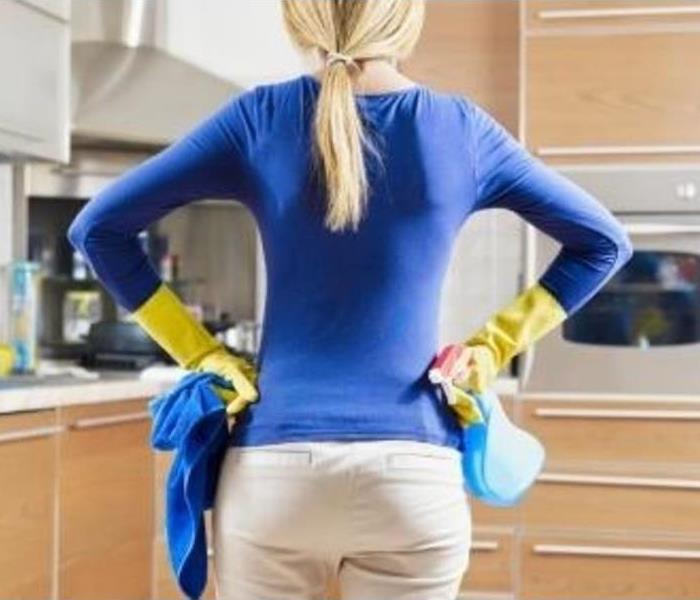Does Bleach Kill Mold?
2/18/2020 (Permalink)
Clorox Bleach is a very well known bleach and has several uses through out a household. Listed below are some facts about the bleach to better understand its uses.
- Clorox Bleach is more useful for killing bacteria and viruses than for killing molds, parasites, and spores. The bleach kills the kinds of microorganisms found in sewer water, but it is not as lethal to any kind of microbe that travels through air.
- Clorox Bleach doesn't kill mold effectively at temperatures below 52 degrees F. Some species of mold, however, continue to grow even when the temperature is slightly below freezing.
- By the time you have black, inky blobs of mold, it's too late for Clorox. The active chemical in bleach does not break up the bio-film that glues mold into patches.
- Mixing Clorox with contaminated water greatly reduces its effectiveness for disinfecting walls, floors, and household surfaces. Any kind of formerly living matter in water can bind to Clorox so it can't disinfect anything else. It's important to mix Clorox with clean water.
- Clorox is more effective for disinfecting indoor surfaces than for disinfecting outdoor surfaces. Sunlight breaks down the active chemical that kills bacteria, viruses, and mold.

 24/7 Emergency Service
24/7 Emergency Service
